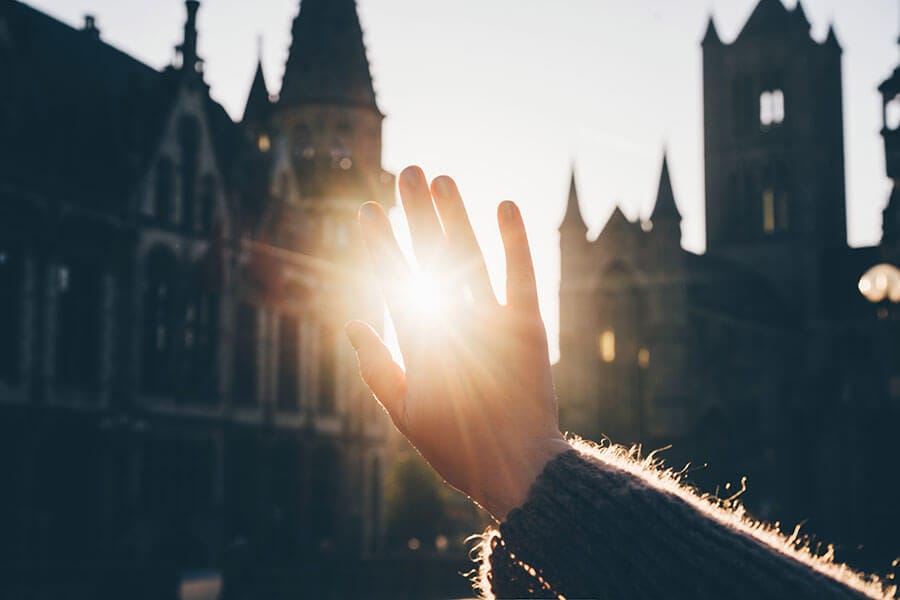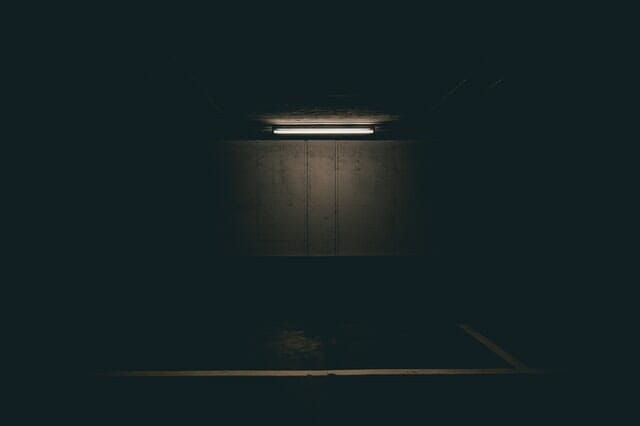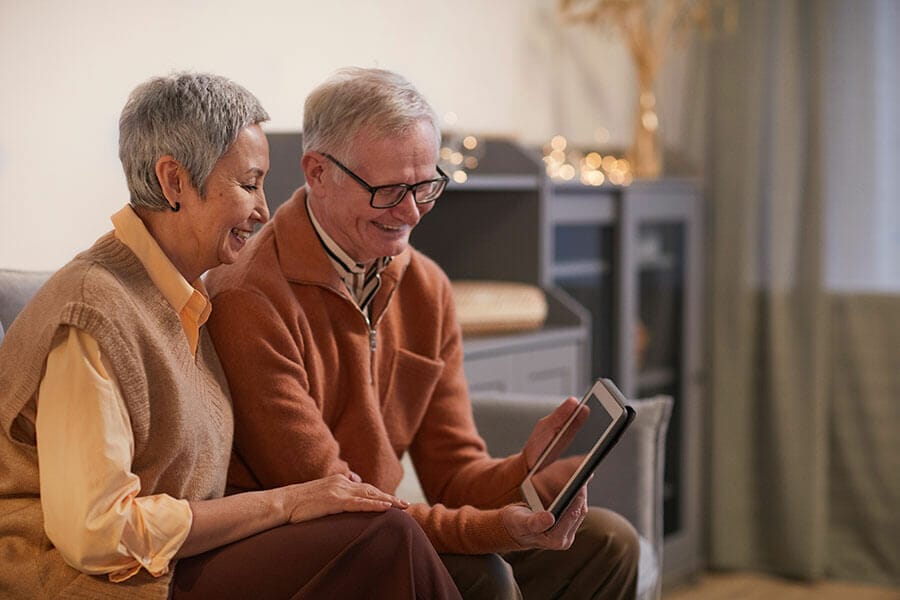Fluorescent
Fluorescent lighting is very often used in public places, such as schools or hospitals and is considered to be energy efficient, bright, economical and safe for the eyes. It is more energy efficient than incandescent or halogen lights and it is not as expensive as LEDs. Fluorescents are not always so easy on the eyes, but it has a range of color temperature flexibility which can be very useful.
LED (Light Emitting Diode)
These lights are recommended for their durability, efficiency and small size. The initial purchase can be expensive, but they are long lasting and do not require much maintenance. This type of light is an extremely adaptable lighting technology that is very innovative for people with vision loss. LED’s can be made in any shape and size, and can have full spectrum, dimming, changeable color temperatures, and when properly designed are cool to the touch.
Full-Spectrum
Full spectrum light is a term used to describe illumination that is the closest to mimicking natural sunlight so it boasts a high color rendering index. It includes the entire color range which is helpful for people who have difficulty with contrast sensitivity because full spectrum lighting can help make colors more discernible and crisp. Artists, graphic designers, and museums will generally look for full spectrum lighting in order to ensure that they can discern minute changes to the color.
Lighting Placement
While the type of light is important, the placement of the light has a great impact as well. Your low vision optometrist will discuss with you which tasks are important for you to accomplish that are challenging due to low vision. You will then be advised as to which lights are appropriate for different scenarios and how to set up your lighting in the optimal way. The low vision optometrist will give you different tips for specific tasks. For example, it is easier to watch television in a room that is lit, as opposed to a dark room. In order to check if there is glare on the TV screen you can turn the TV off and see if the light is hitting on the screen and then readjust.



















